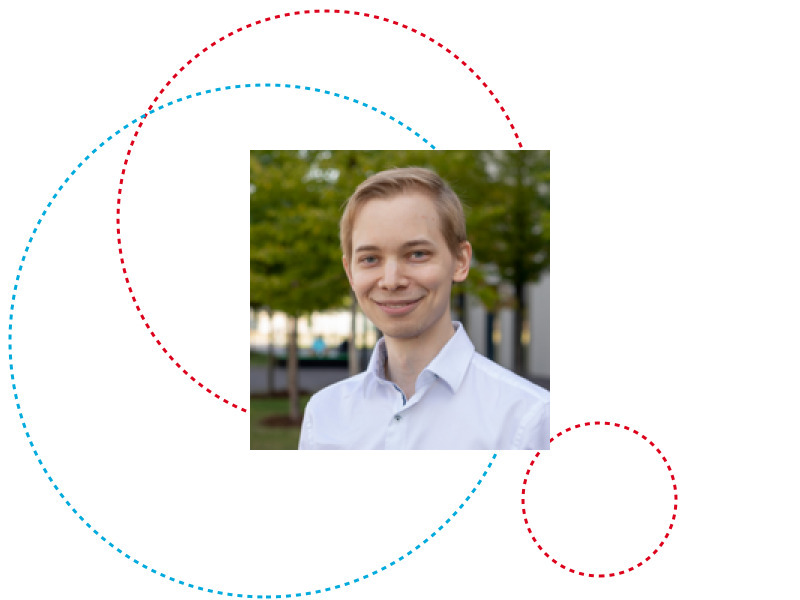You are cordially invited to attend the PhD defence of Mr.on 17 Paul KREMER October 2022 at 02:00pm in room 004/005, JFK building.th
Members of the defence committee:
- Prof. Dr Jean-Régis HADJI-MINAGLOU, University of Luxembourg, Chair
- Dr Jose Luis SANCHEZ LOPEZ, University of Luxembourg, Vice-chair
- Prof. Dr Holger VOOS, University of Luxembourg, Supervisor
- Dr Seyed Amin SAJADI ALAMDARI, Goodyear Innovation Technology, Luxembourg, Member
- Prof. Dr Mohamed DAROUACH, Université de Lorraine, France, Member
Abstract:
Improvised Explosive Devices (IEDs) are an ever-growing worldwide threat. The disposal of IEDs is typically performed by experts of the police or the armed forces with the help of specialized ground Ordinance Disposal Robots (ODRs). Contrary to aerial robots, those ODRs have poor mobility, and their deployment in complex environments can be challenging or even impossible. Endowed with manipulation capabilities, aerial robots can perform complex manipulation tasks akin to ground robots. This thesis leverages the manipulation skills and the high mobility of aerial robots to perform aerial disposal of IEDs. Being in essence an aerial manipulation task, this work presents numerous contributions to the broader field of aerial manipulation. This thesis presents the mechatronics concept of an aerial ODR and a high-level view of the fundamental building blocks developed throughout this thesis. Starting with the system dynamics, a new hybrid modeling approach for aerial manipulators (AMs) is proposed that provides the closed-form dynamics of any open-chain AM. Next, a highly integrated, lightweight, universal gripper with low activation force customized for aerial manipulation is developed to improve grasping performance in unstructured environments. The gripper, mounted on a multi-copter, is tested under laboratory conditions while performing a pick and release task. Finally, an autonomous grasping solution is presented alongside its control architecture that features optimal path planning. To conclude, the grasping concept is validated in a simulated IED disposal scenario.
